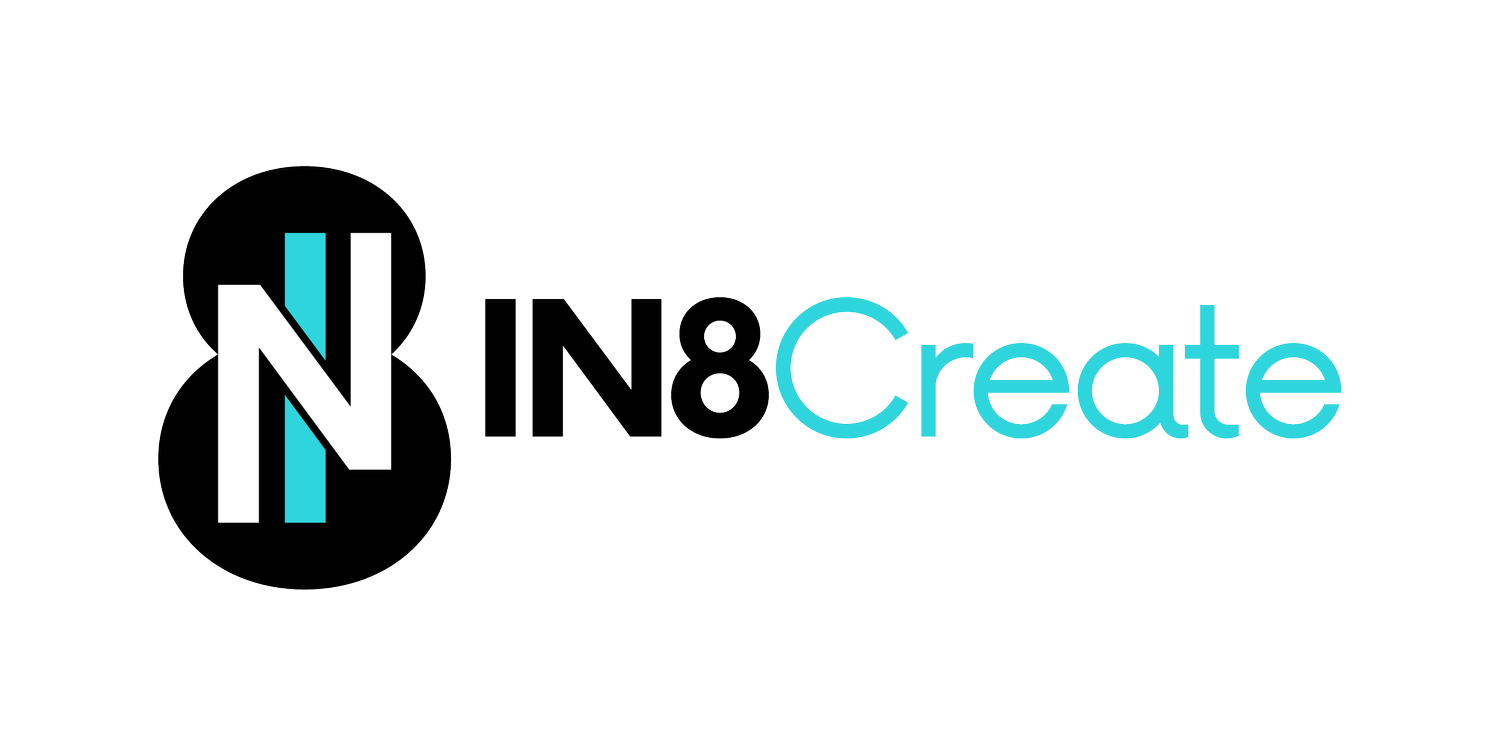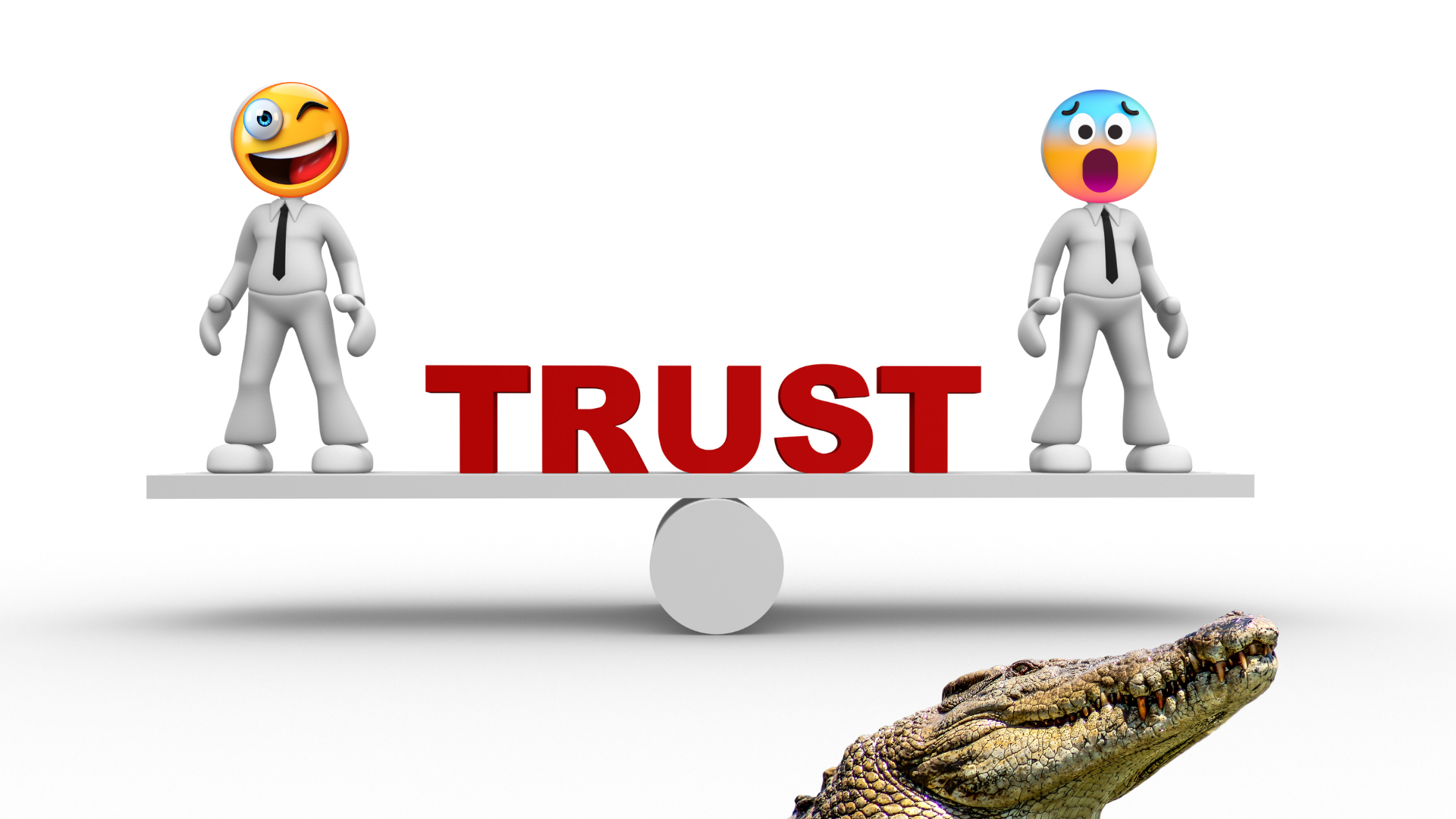Trust in the Modern Workplace: The Unsung Hero of Team Success
Harnessing the Power of Trust for Elevated Productivity and Employee Well-being
In the evolving landscape of modern workspaces, trust has emerged as a cornerstone for thriving teams and businesses. A deep dive into its significance, backed by Accenture's workplace insights, reveals its transformative power.
A snapshot of the impact of trust on teams:
Stress reduction by a staggering 74% at high-trust companies.
A boost in productivity by 50%.
An impressive 106% surge in workplace energy.
A notable 13% decrease in sick days.
An increase of 76% in overall employee engagement.
Enhanced life satisfaction by 29%.
A significant 40% drop in burnout incidents.
The evidence is crystal clear: trust isn't just a feel-good factor; it's a tangible driver of organizational success.
So, what constitutes trust?
Jack Zenger and Joseph Folkman, through their meticulous study of 360 assessments from 87,000 leaders, distilled trust into three foundational elements:
Positive Relationships: Standing out as the most crucial component, cultivating positive relationships fosters an environment of mutual respect and understanding.
Good Judgment and Expertise: Trust is fortified when team members recognize and value each other's expertise and decision-making capabilities.
Consistency: A reliable and predictable work behavior amplifies trust within teams.
As we transition into the #futureofwork marked by hybrid and remote settings, trust becomes even more vital. The challenge (and opportunity) for businesses now is to consciously and consistently weave trust into their organizational fabric, ensuring success at every level - be it team, individual, or organizational.
Are you ready to elevate your organization's trust quotient? Dive deeper into the nuances of building trust in the workplace and the essential elements of trust.
The Importance of Building Trust in the Financial Services Workplace



